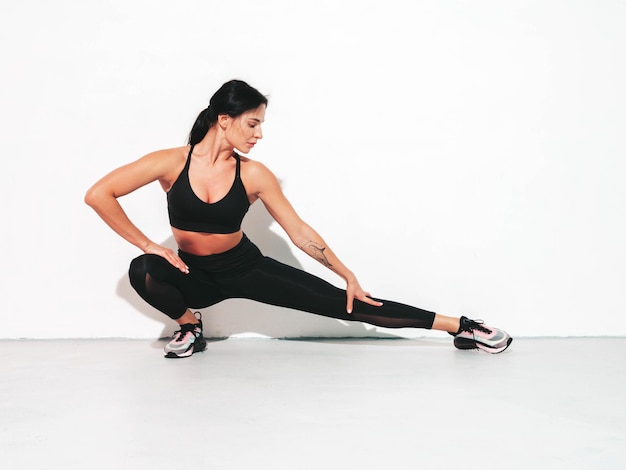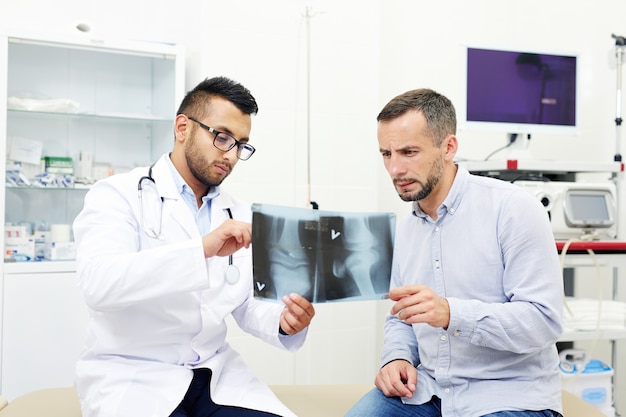The Pistol Squat is a challenging exercise that works multiple muscles and requires good balance, strength, and flexibility. This guide will take you through how to do it, which muscles you work, and the importance of stabilizer muscles.
How to Do the Pistol Squat
Start by standing on one foot, say your right foot, with your back straight and your right hip slightly bent. Extend your other hip with the knee bent so your foot can rest on a bench behind you.
Place the foot on the ground about 50 cm in front of the bench, though this can vary depending on your height and body proportions. Keep your arms extended in front or hold dumbbells by your sides.
To perform the squat, bend your hip, knee, and ankle at the same time while keeping your back straight and your butt in line with where it began. Lower yourself until your back holds its three natural curves or until the knee of your extended leg touches the floor. Make sure your knee doesn’t go past your toes.
Push back up without bouncing, extending your hip and knee and straightening your ankle. Return to the starting position and repeat on the other leg.
Muscles Worked in the Pistol Squat
The Pistol Squat works several muscle groups:
Group 0: Gluteus Maximus, Long Head of the Biceps Femoris, Semimembranosus, Semitendinosus, and Ischial Head of the Adductor Major. These muscles help with hip extension.
Group 1: Quadriceps Femoris, responsible for knee extension.
Group 2: Gastrocnemius, Soleus, Peroneus Brevis, Fragile Footbed, Posterior Tibialis, Flexor Digitorum Longus, Posterior Flexor of the Big Toe, and Peroneus Longus. These muscles control ankle movement, specifically plantar flexion.
Stabilizer Muscles
The Pistol Squat also activates stabilizer muscles, which are essential for keeping your spine, shoulders, scapula, grip, knee, hip, ankle, and foot steady. These muscles help maintain balance and control, ensuring you perform the exercise safely and effectively.
In summary, the Pistol Squat is a complex but highly beneficial exercise that targets many muscles and demands serious balance and strength. Done correctly, it can be a powerful addition to your workout routine.







